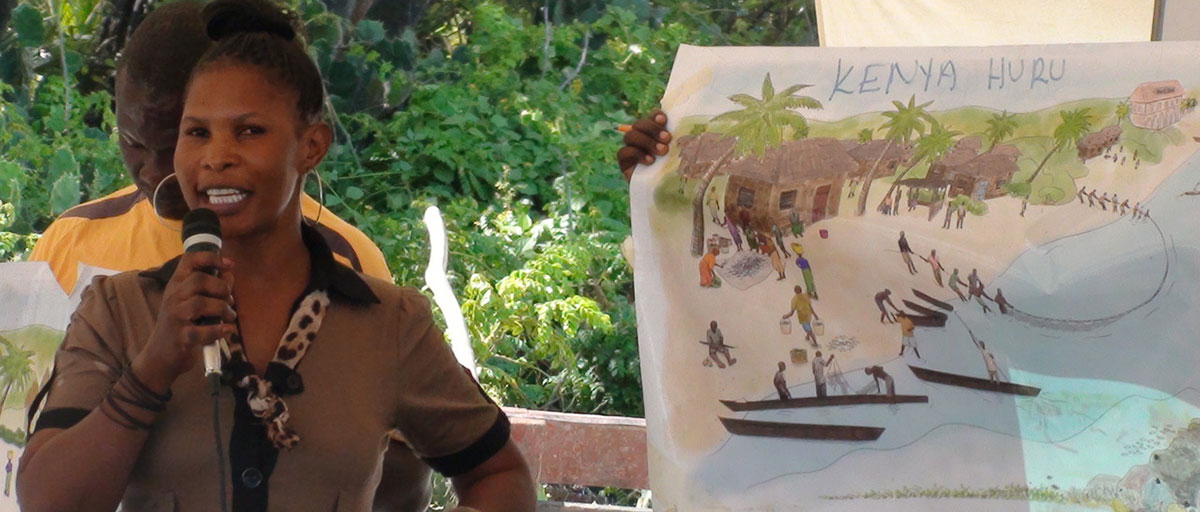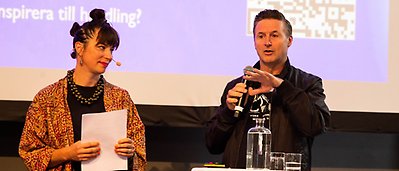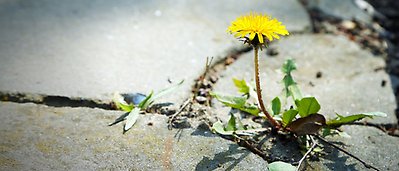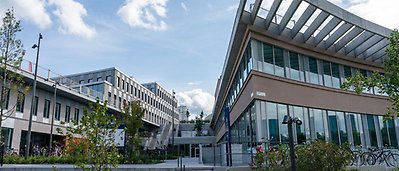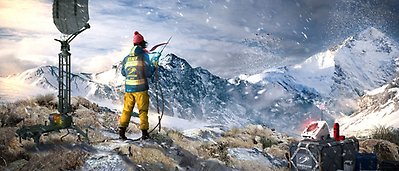Bildtext får vara max två rader text. Hela texten ska högerjusteras om den bara ska innehålla fotobyline! Photo: B. Christensen/Azote
RESEARCH METHODS
How to make ecosystem services assessments informative and feasible
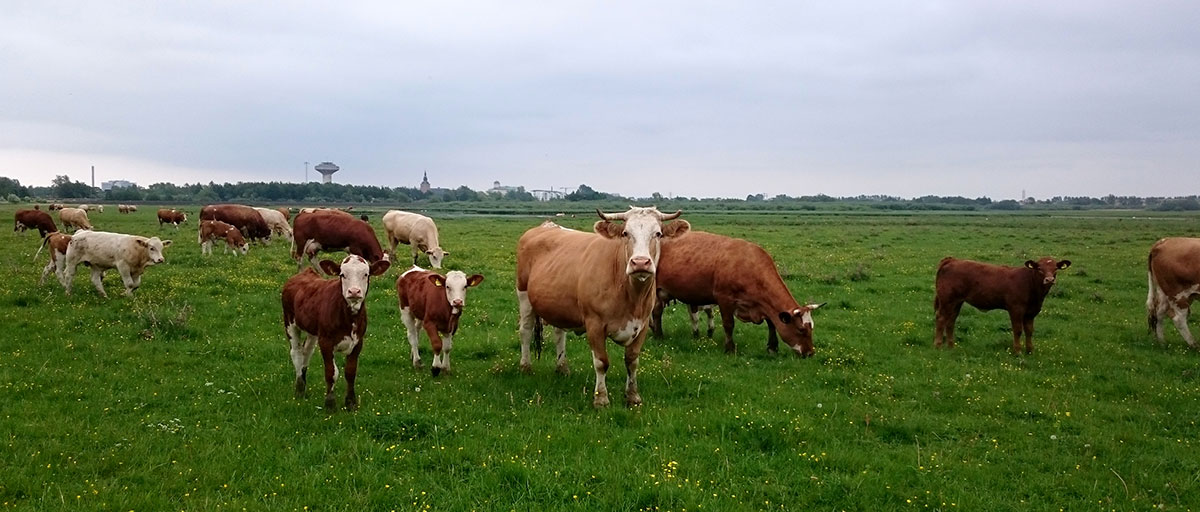
A study published in Ambio describes how researchers collaborated with different stakeholders in the Helge å catchment in southern Sweden, to map and identity the various ecosystem services available and how they could be grouped together. Photo: K. Malmborg
- Researchers collaborated with stakeholders in the Helge å catchment in southern Sweden to map and identity various ecosystem services available
- They gathered stakeholders who not only had first-hand knowledge of the areas assessed but also would benefit from the results of the analysis
- Participants appreciated how this collaborative process promotes cross-sectoral interaction
New study shows how to engage with stakeholders in order for a science-based assessment to have an impact
BUNDLES OF BENEFITS: In 2015, a study by several centre researchers presented a method on how to identify bundles of ecosystem services, or sets of ecosystem services appearing together, in a way that would provide numerous benefits for managers and policy makers.
They argued that this method could be used to mobilise people and support more sustainable landscape management. Since then, the ‘offer’ of using the method has rarely been taken up in practice.
Until now.
Landscape diversity in southern Sweden
In 2020, centre PhD student Katja Malmborg picked up the challenge in an article published in the same journal as the first, Ambio.
We have demonstrated how such an assessment can be both informative and feasible.
Katja Malmborg, lead author
Malmborg’s study, written together with centre colleagues Cibele Queiroz, Albert Norström, Lisen Schultz and former colleague Elin Enfors-Kautsky, describes how they collaborated with different stakeholders in the Helge å catchment in southern Sweden, to map and identity the various ecosystem services available and how they could be grouped together.
The Helge å area accommodates everything from coniferous production forests in the north to intense agriculture in the south but over the past 50 years it has changed substantially because of population growth, farming and forestry.
Together with the local actors, they identified three distinct bundles of ecosystem services. The bundles analysis included a diverse set of services:
- Provisioning services such as forest production, milk production and meat production
- Regulating services such as landscape diversity, running water quality and phosphorus retention
- Cultural services such as outdoor recreation, biodiversity heritage and hunting
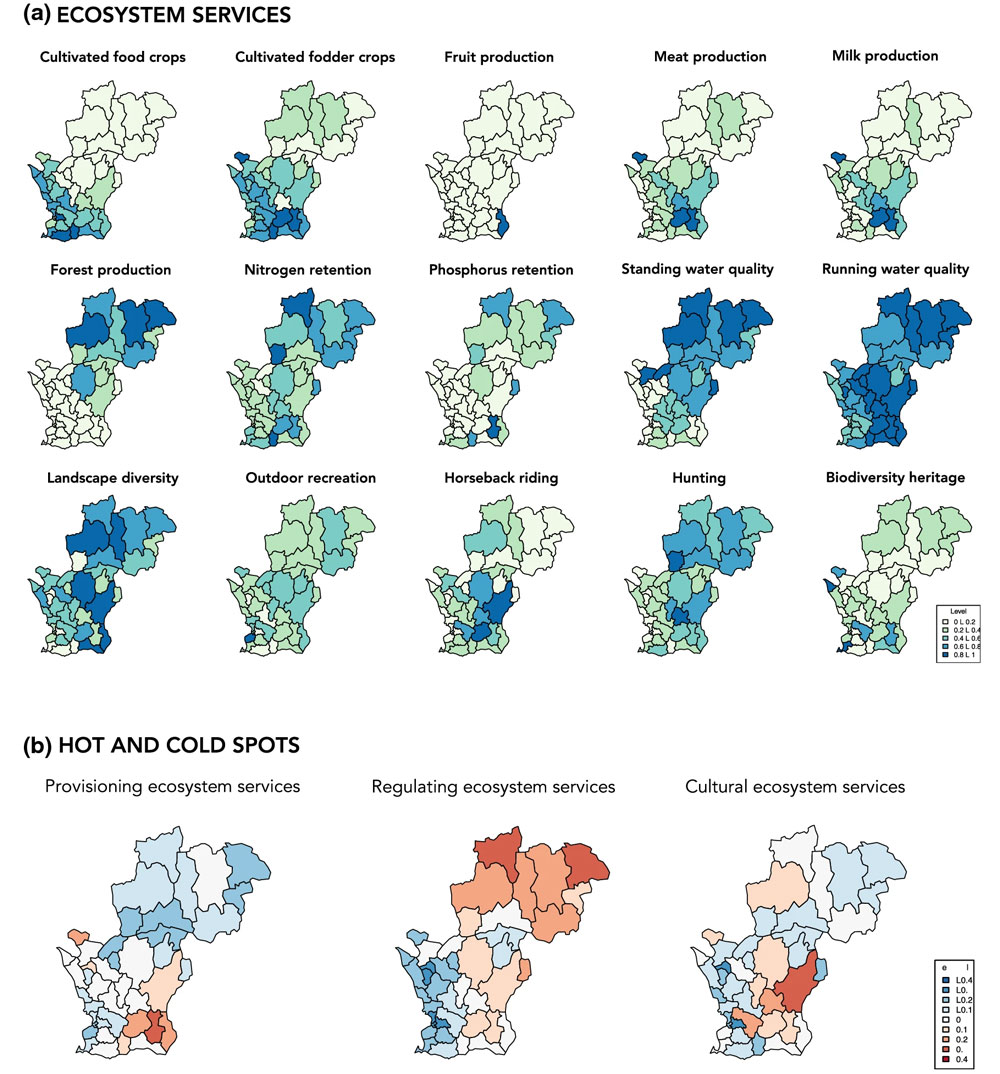
Maps of the 15 ecosystem services as well as hot- and cold-spots for the three service categories. Click on illustration to access scientific publication
First-hand knowledge and application
In order to bridge the gap between research and decision-making, producing usable knowledge requires legitimate processes of co-production. Furthermore, for the generated knowledge to actually have an impact, it needs to fit with existing political and cultural contexts.
Malmborg’s study describes how to engage with stakeholders in order for a science-based assessment to be useful. She gathered stakeholders who not only had first-hand knowledge of the areas assessed but also would benefit from the results of the analysis.
“We have demonstrated how such an assessment can be both informative and feasible,” says Malmborg.
More legitimate picture
Several of the participants saw the bundles approach as an effective way to communicate the importance of multifunctional landscapes to other decision-makers. Others appreciated how this collaborative process promotes cross-sectoral interaction. For instance, actors from the agricultural and forestry sectors, often framed as the “bad guys” in discussions about environmental management, expressed satisfaction that this collaboration opened up for a broader discussion about trade-offs and synergies.
“Our participatory analysis resulted in a more salient and legitimate picture of the multifunctional landscape in the Helge å catchment,” says Katja Malmborg.
Video: Katja Malmborg explains why the central insights from this study
Methodology
The research in this paper was conducted through a participatory process with actors from the Helge å catchment. Considering the previously described decision-support need, an ecosystem service bundles analysis was selected as assessment approach as it is based on a relatively simple statistical clustering method, uses publicly available data and can provide a broad overview of conditions in the catchment as well as highlight interactions between services.
The selection was guided by an initial stakeholder scoping done together with the project partners Kristianstad Biosphere Office, who have extensive local knowledge and well-developed networks with actors in the study area. All invited participants had extensive and diverse knowledge about the landscape.
The final ecosystem service assessment included 15 services across 42 municipalities in southern Sweden. Based on the methodology used by Queiroz et al. (2015), we selected appropriate indicators for each ecosystem service and retrieved relevant datasets from public databases.
Malmborg, K., Enfors-Kautsky, E., Queiroz, C. et al. 2020. Operationalizing ecosystem service bundles for strategic sustainability planning: A participatory approach. Ambio (2020). https://doi.org/10.1007/s13280-020-01378-w


